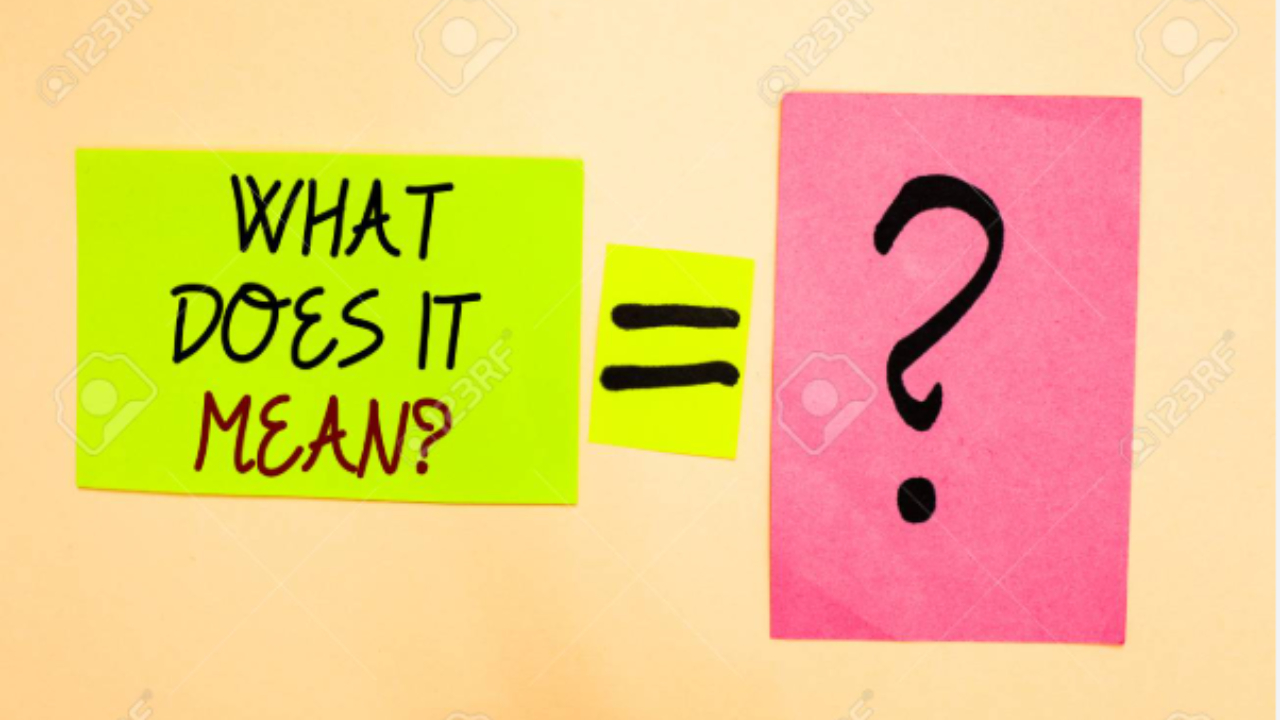Have you ever started typing “whatdoesit” into a search bar and waited to see what auto-suggestions pop up? This short, simple phrase often leads to a world full of curiosity and answers. From questions about science and technology to emotions, dreams, and daily life, we ask millions of questions that begin with “what does it…” every single day. But why are these questions so common? And what makes them so powerful?
In this article, we will explore the deeper meaning of the phrase “whatdoesit,” understand why people search for it, and look at some interesting examples from different areas of life—like emotions, language, and learning.
Why “WhatDoesIt” Matters
On its own, the phrase “whatdoesit” isn’t a complete question. But in the world of search engines, it marks the beginning of thousands of meaningful questions. People type this phrase when they’re curious, confused, or want to understand something better.
Think about questions like:
-
What does it mean when you dream about flying?
-
What does it take to become a pilot?
-
What does it cost to build a home?
These are not just random thoughts—they show a real need for answers. In digital marketing and SEO, “whatdoesit” is known as a long-tail keyword starter. It helps content creators know what users are genuinely looking for. That’s why platforms like WhatDoesIt.com are valuable—they capture the intent behind these questions and provide helpful insights in return.
Why People Search Using “WhatDoesIt”
Human beings are naturally curious. From a young age, we ask “why,” “how,” and “what.” As we grow older, we continue to ask more complex questions—especially when we feel uncertain or want to understand new things. The internet has become our main source of answers, and “whatdoesit” is a common starting point.
When someone types “whatdoesit” into a search engine, they are often trying to:
-
Understand a topic (Example: What does it mean to be carbon neutral?)
-
Figure out feelings (Example: What does it feel like to be in love?)
-
Explain behaviors or reactions (Example: What does it mean when a dog licks your hand?)
These types of searches show that people are eager to learn, grow, and connect with the world around them.
Most Searched “WhatDoesIt” Questions and Their Types
Let’s explore some of the most common ways people use the phrase “whatdoesit” in real searches and what those searches typically mean.
1. What Does It Mean?
This is the most popular form. People want to understand meanings behind things—whether it’s a sign, a symbol, or a behavior.
-
What does it mean when your left eye twitches?
-
What does it mean to show empathy?
These questions often lead to insights in psychology, culture, or spirituality.
2. What Does It Do?
People use this when learning about tools, products, or technology.
-
What does it do if you miss a dose of your medicine?
-
What does it do when you restart your computer?
These questions aim to discover what happens after an action is taken.
3. What Does It Cost?
This version is all about money and value—especially in planning or decision-making.
-
What does it cost to start a small business?
-
What does it cost to build a swimming pool?
These searches help users make smart financial choices.
Understanding Emotions Through “WhatDoesIt”
Many people use “whatdoesit” to figure out feelings and emotions. It is very common to see questions like:
-
What does it mean when someone avoids looking at you?
-
What does it feel like to lose a best friend?
-
What does it take to feel truly happy?
These questions help people understand themselves and others better. They also support emotional growth and stronger communication.
When content answers such questions in a clear and kind way, it helps users feel seen, understood, and supported.
Learning with “WhatDoesIt”
Teachers, students, and independent learners often use “whatdoesit” to build their knowledge. The phrase acts like a guide that turns confusion into understanding.
Here are some examples:
-
What does it mean when water reaches boiling point?
-
What does it take to pass a college entrance exam?
Whether it’s used in school assignments or self-study, “whatdoesit” connects people to useful information that helps them grow.
Today, search engines are like digital classrooms, and questions starting with “whatdoesit” are tools that help people learn every day.
Funny and Odd “WhatDoesIt” Searches
Not every “whatdoesit” question is serious. Some of them are just plain funny, strange, or even silly! Here are a few real searches:
-
What does it mean when a cat just stares at you?
-
What does it taste like on Mars?
-
What does it take to become a pirate?
These searches remind us that people are imaginative and playful. Sometimes, “whatdoesit” leads to laughter instead of facts—and that’s part of its charm!
Using “WhatDoesIt” in SEO and Blog Content
If you’re a content writer or SEO strategist, “whatdoesit” is a great keyword starter. Here are a few ways to use it effectively:
Use Google Autocomplete
Type “what does it” into Google and explore the auto-suggested questions.
Answer Real Questions
Turn common “whatdoesit” searches into blog posts or FAQ entries.
Organize with Headings
Use headings like “What does it mean to…” or “What does it take to…” for easy navigation.
Give Clear Explanations
Use simple language, examples, and definitions to help readers.
Write Naturally
Make sure your content feels human—not robotic. Focus on being helpful, kind, and engaging.
Conclusion: Why “WhatDoesIt” Is So Meaningful
At first glance, “whatdoesit” might look like an incomplete phrase. But it actually represents a special moment—a time when someone is searching for truth, understanding, or comfort.
Whether someone wants to understand a dream, explore a feeling, fix a problem, or plan a future goal, many journeys begin with “what does it…”
So, the next time you see the phrase “whatdoesit,” remember: it’s not just a few words—it’s a question waiting for an answer, a door waiting to be opened, and a story waiting to unfold.




